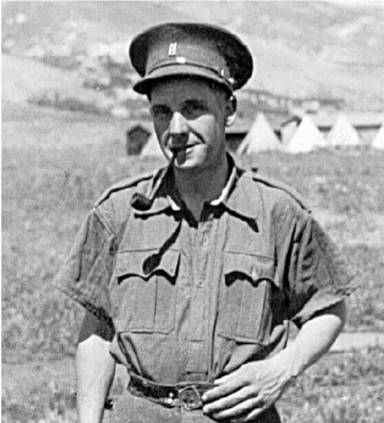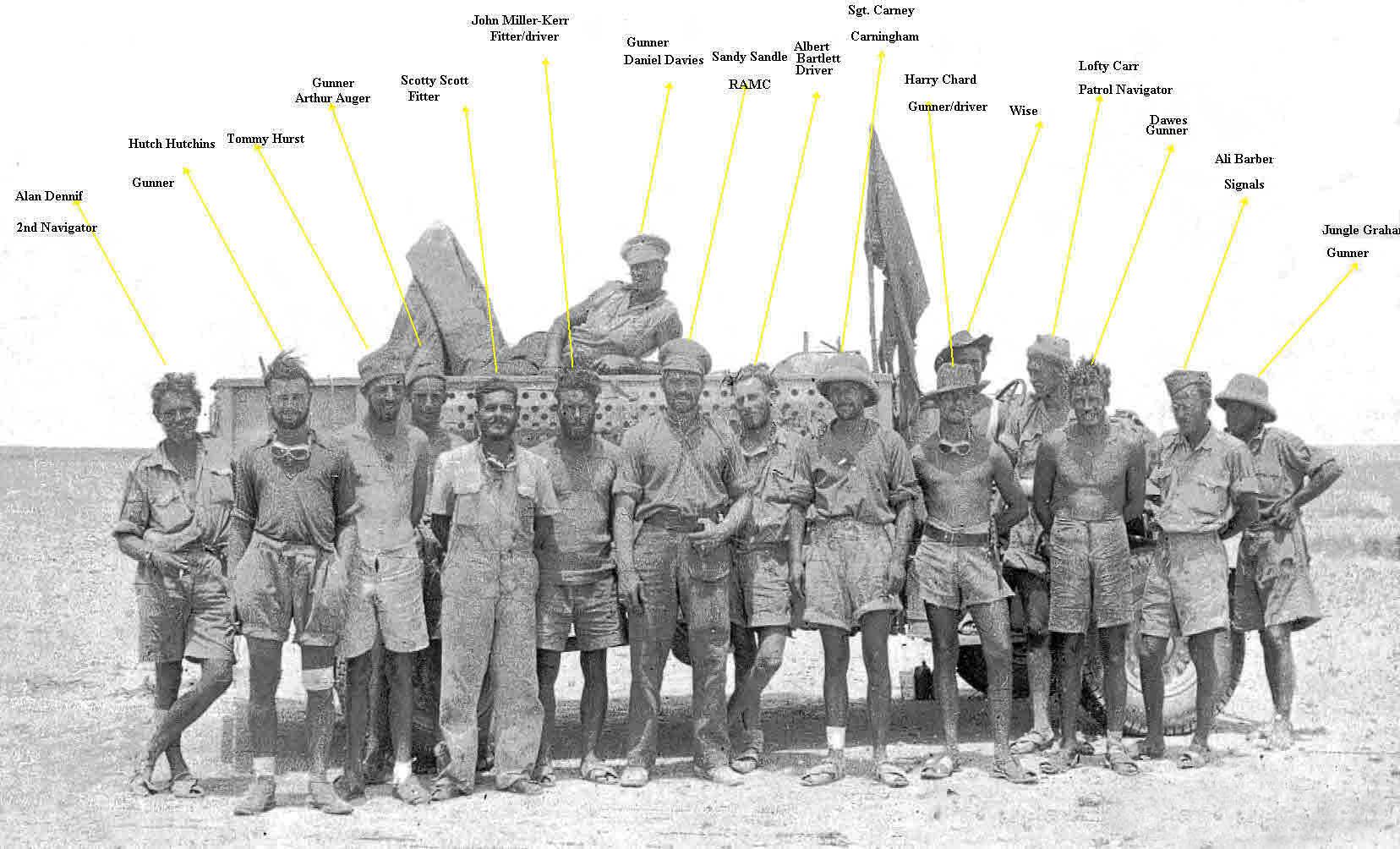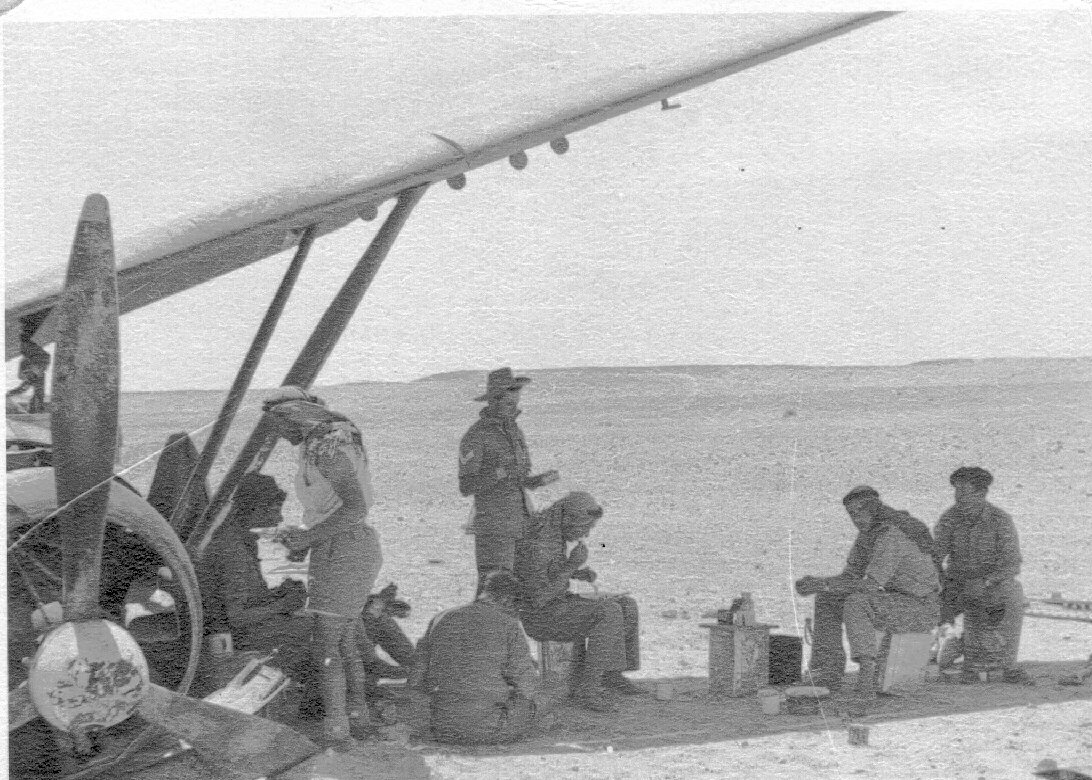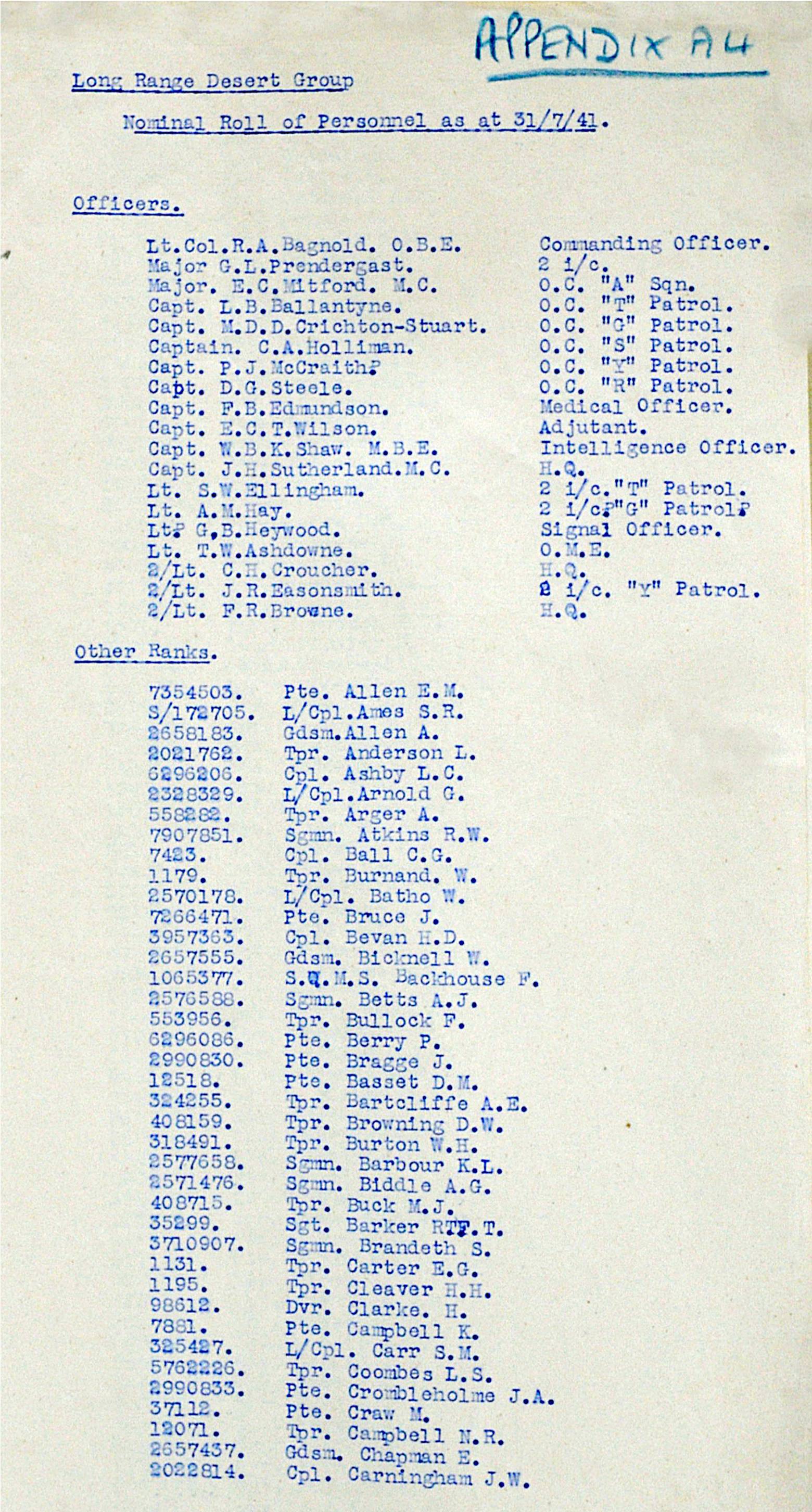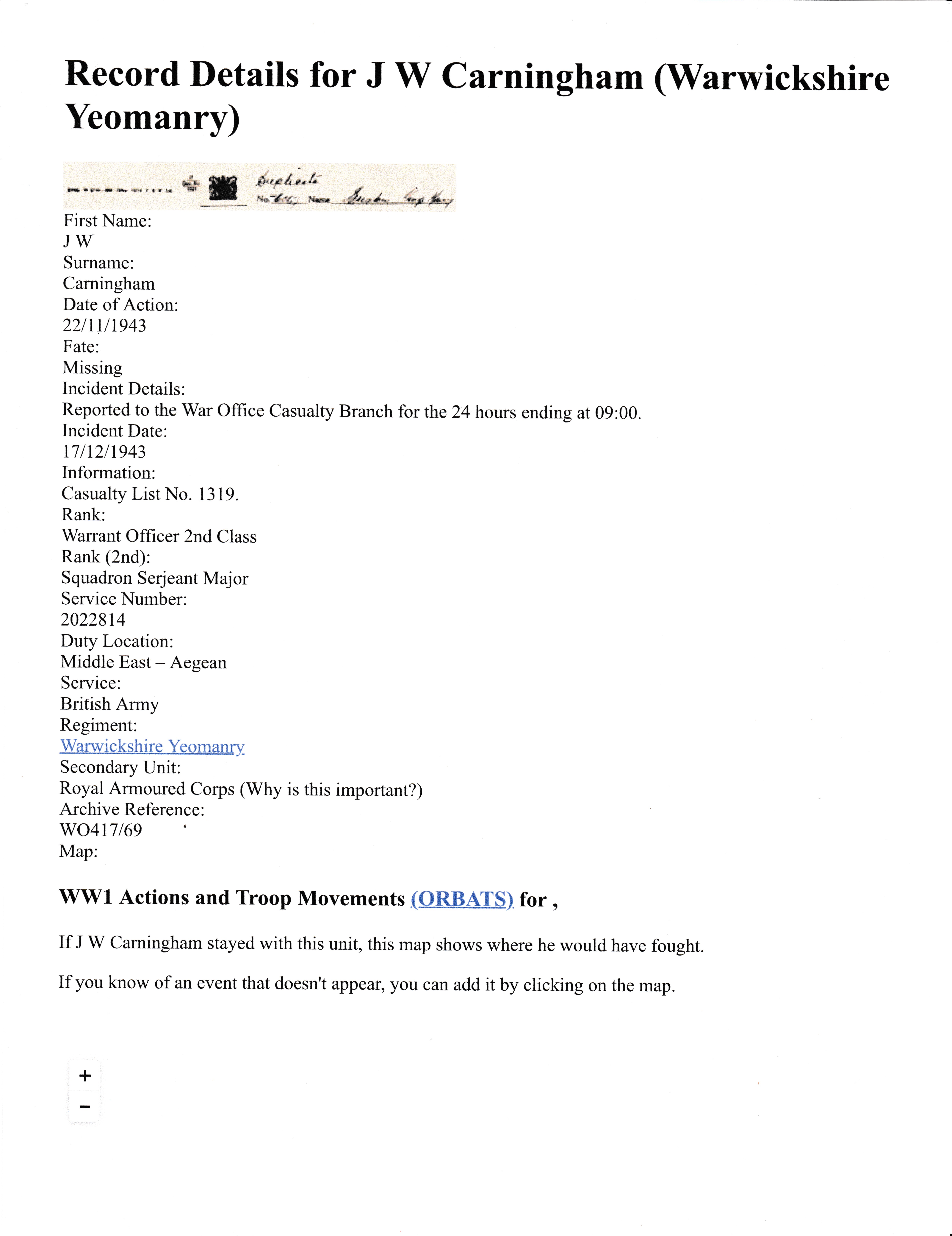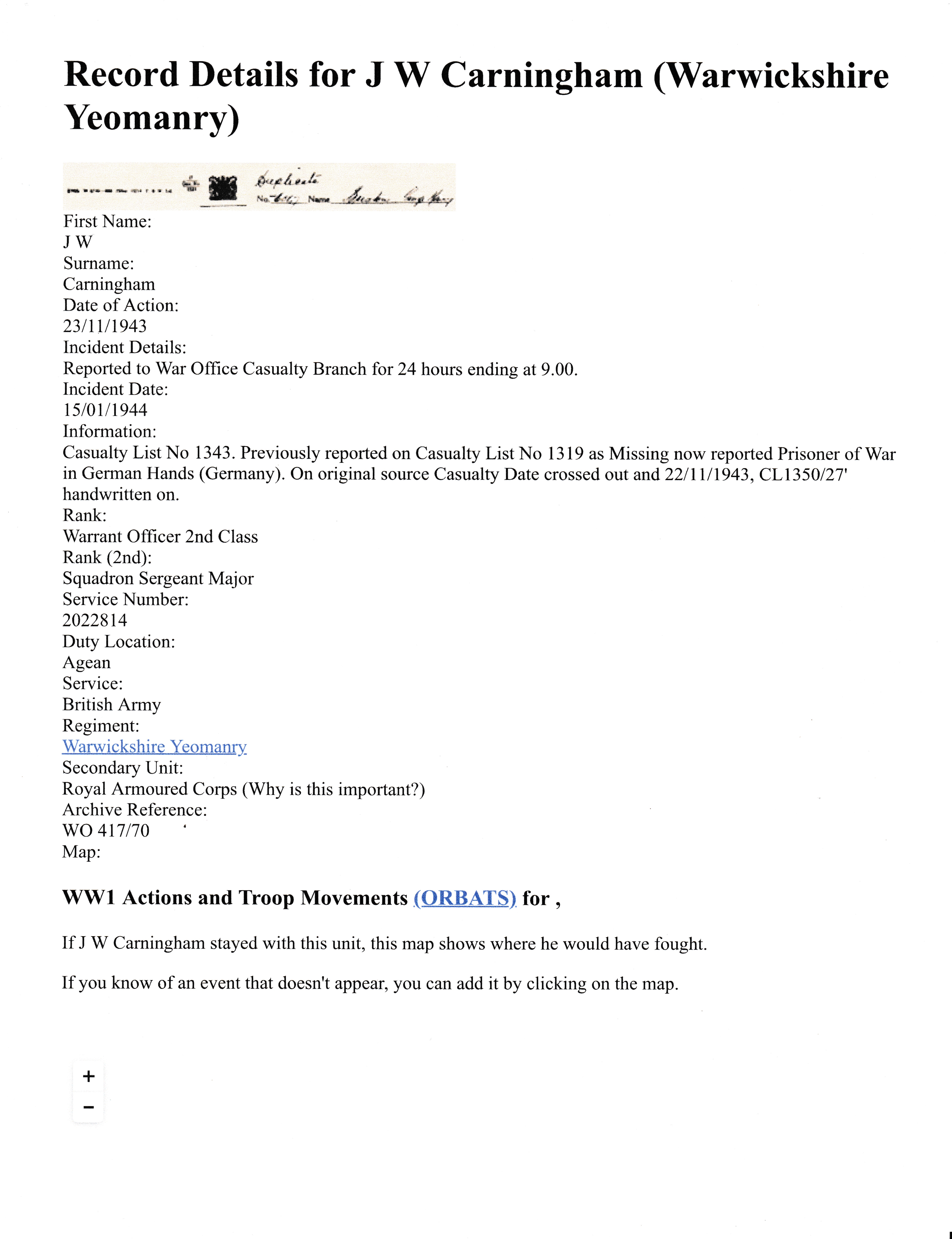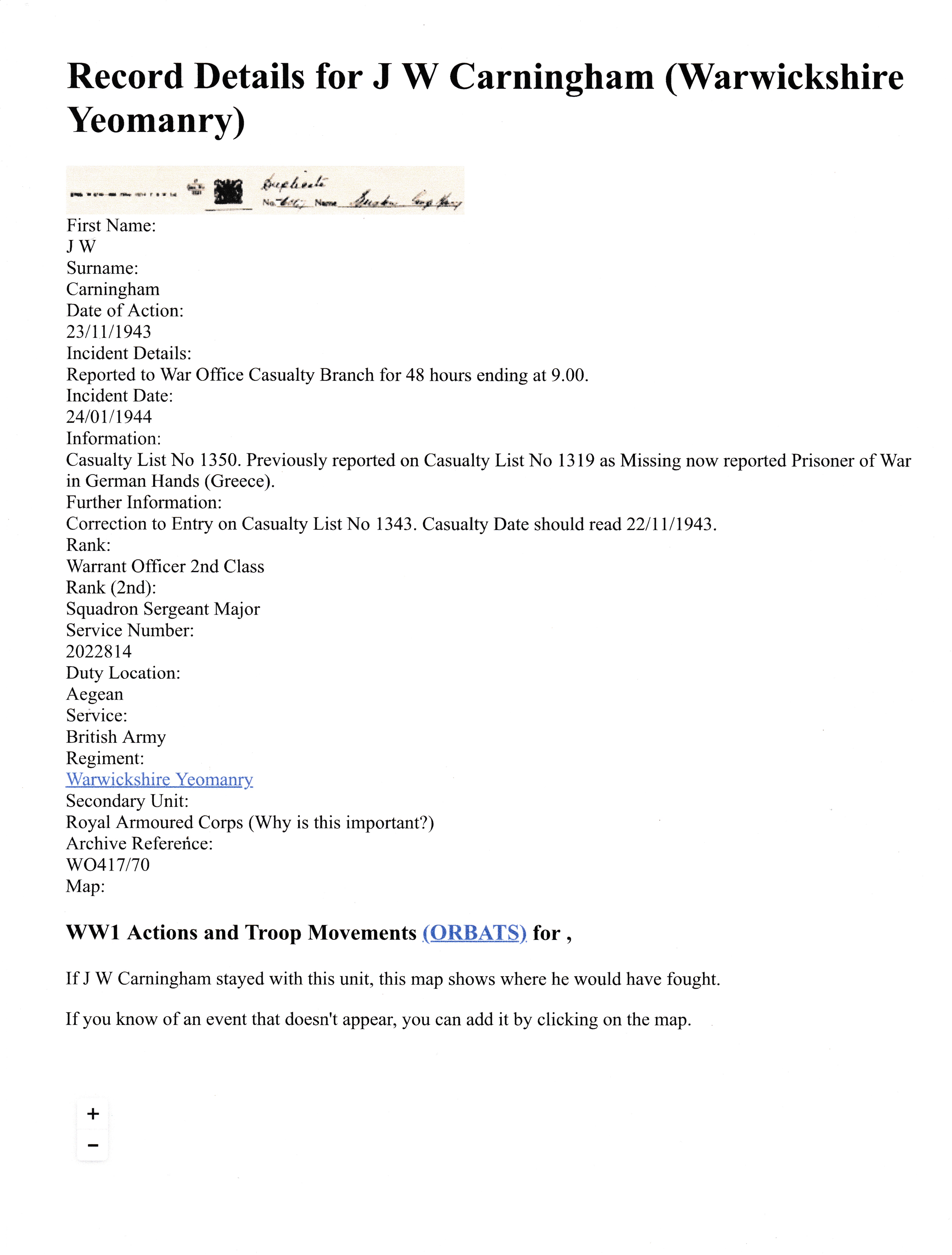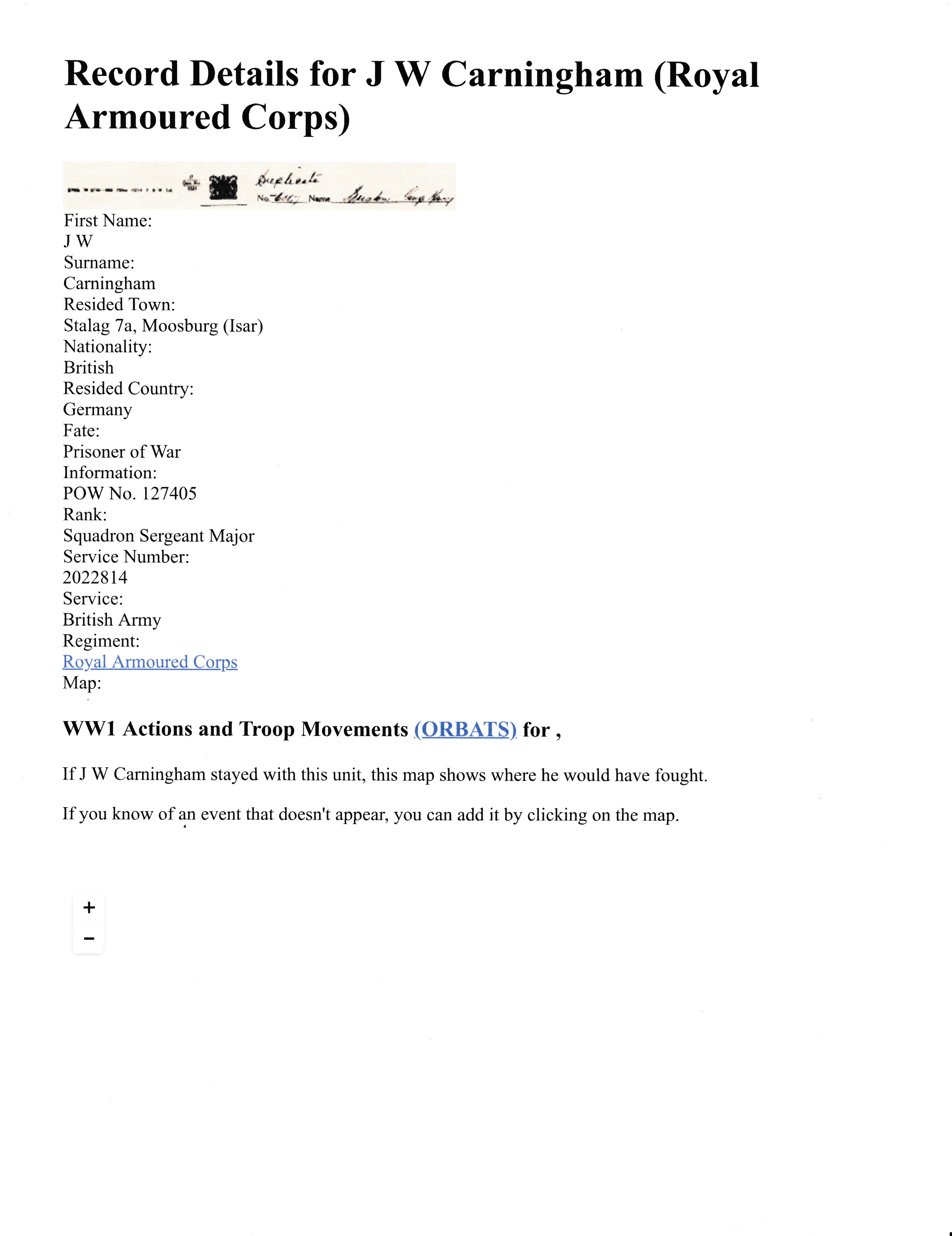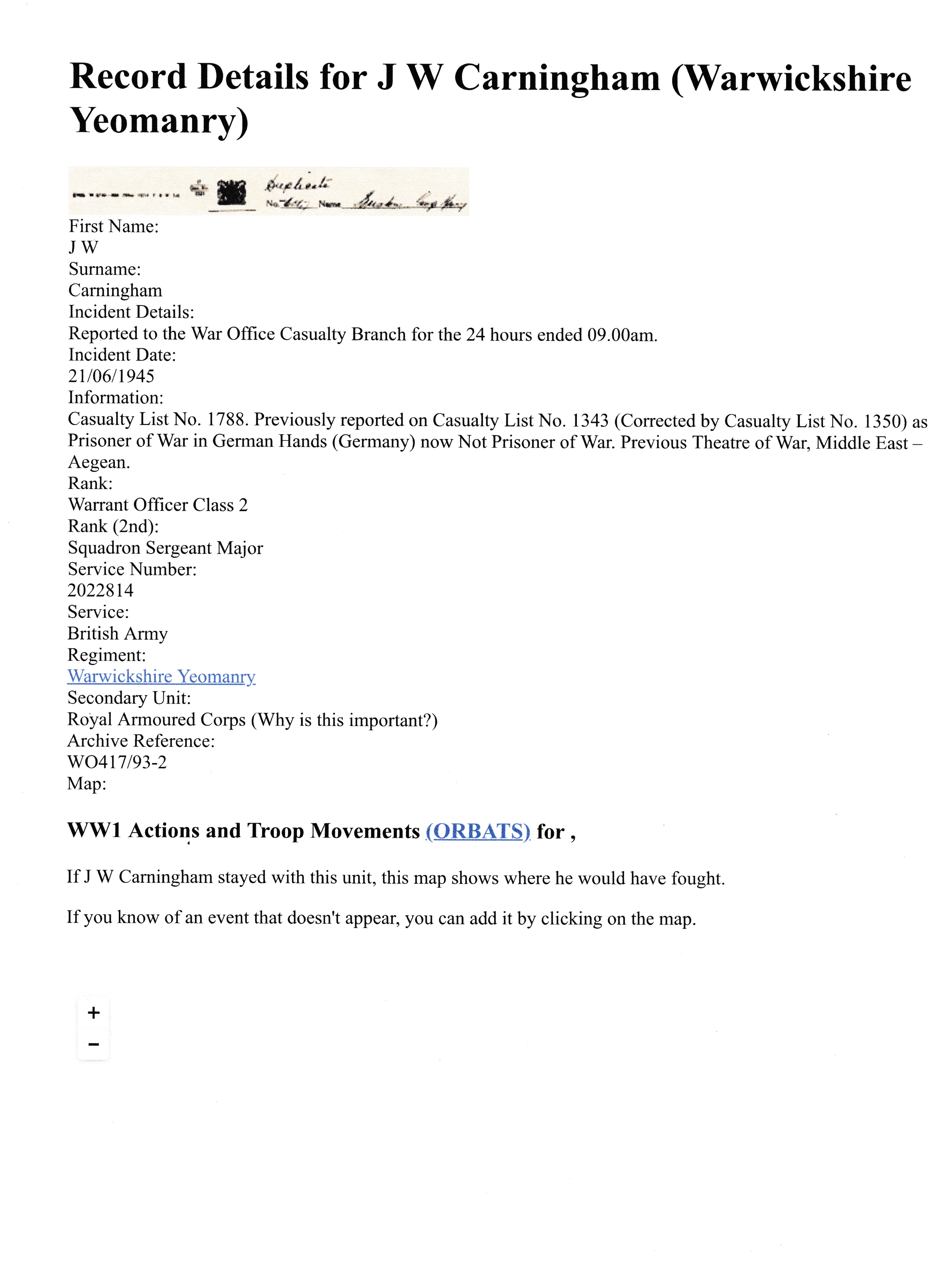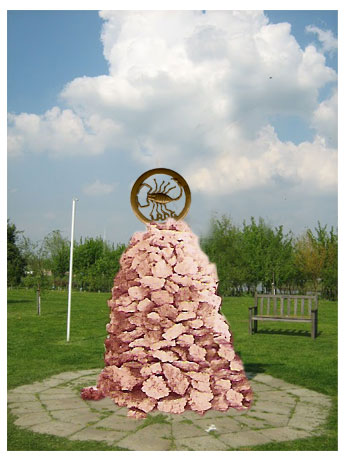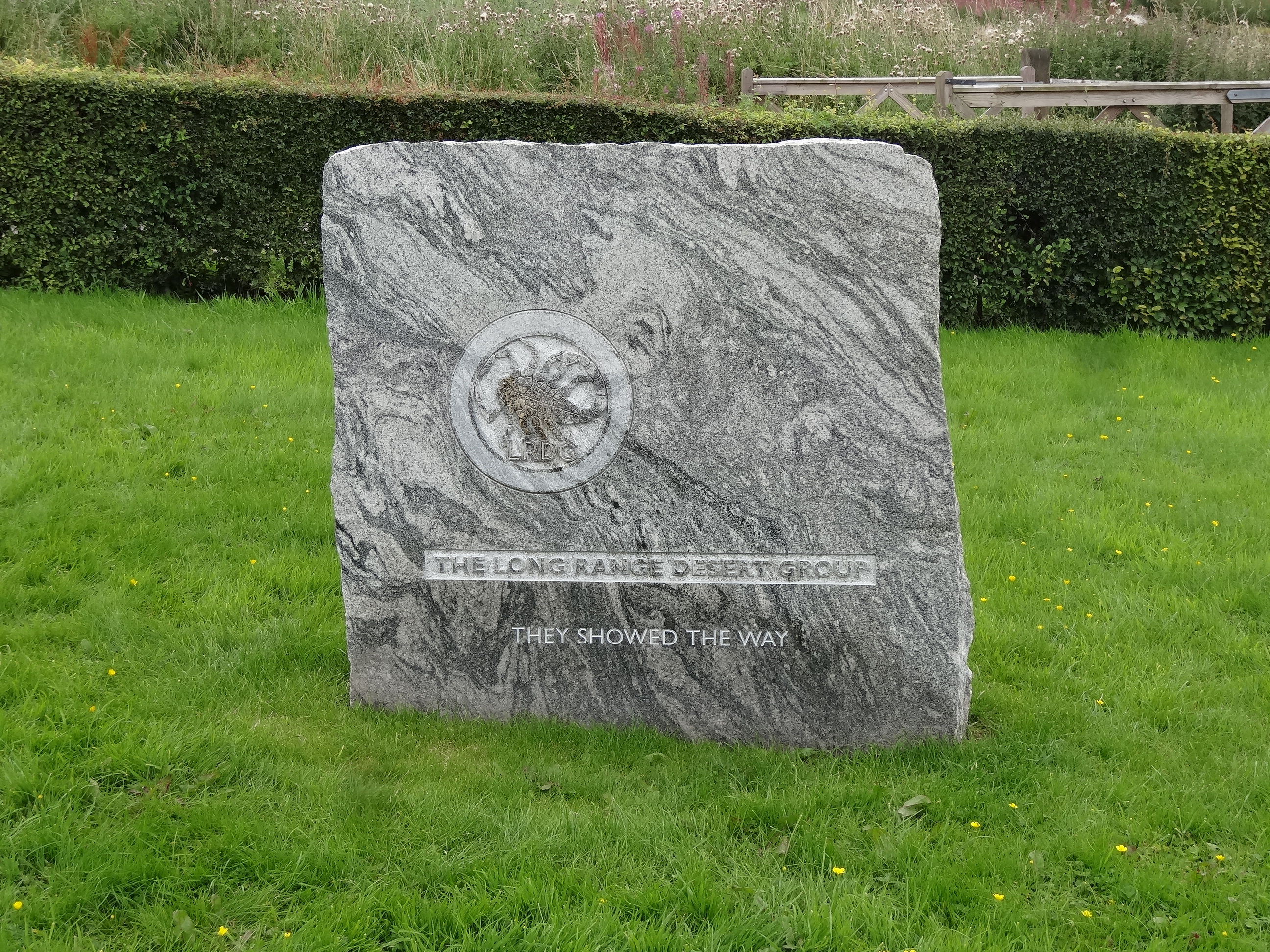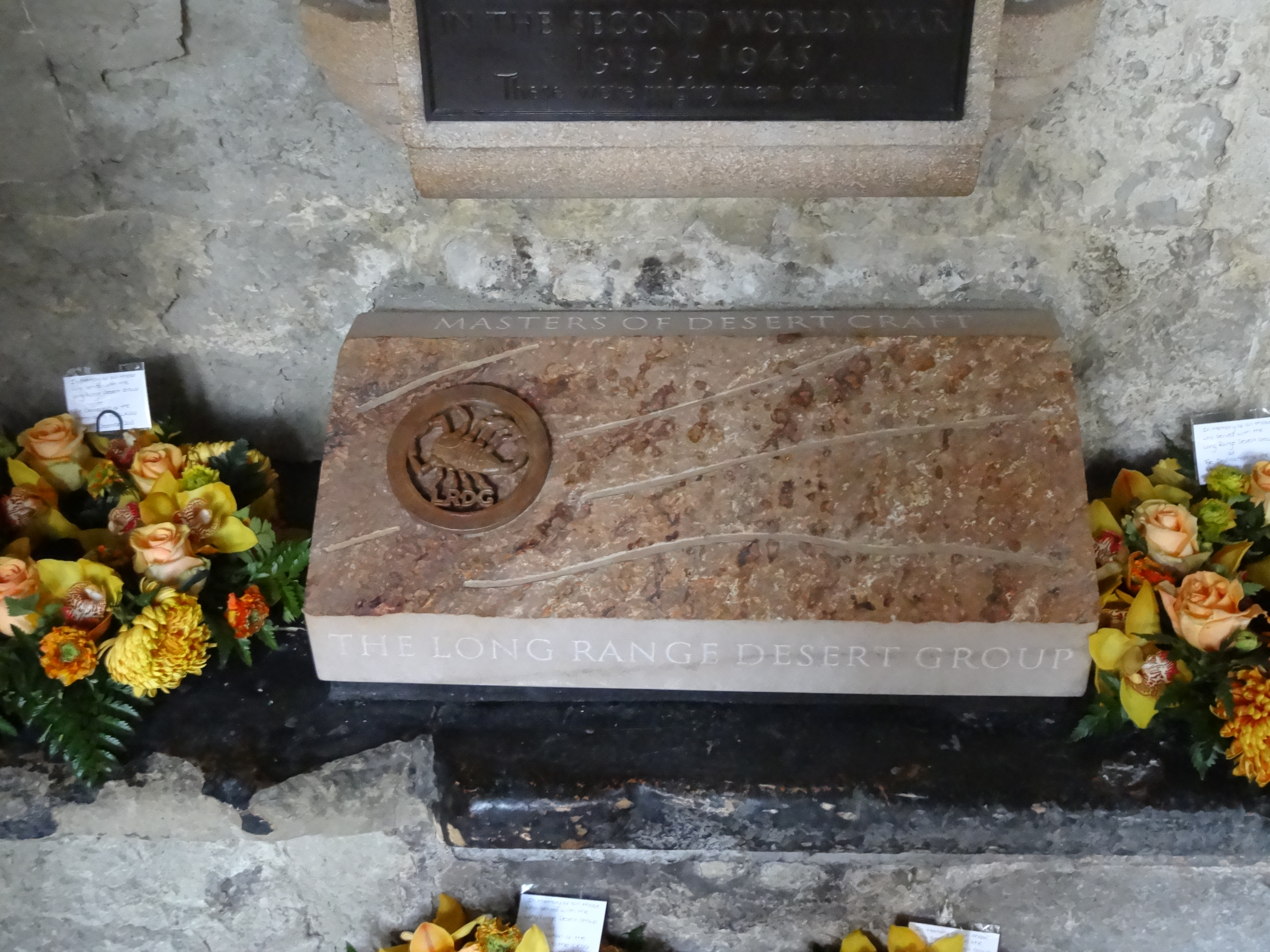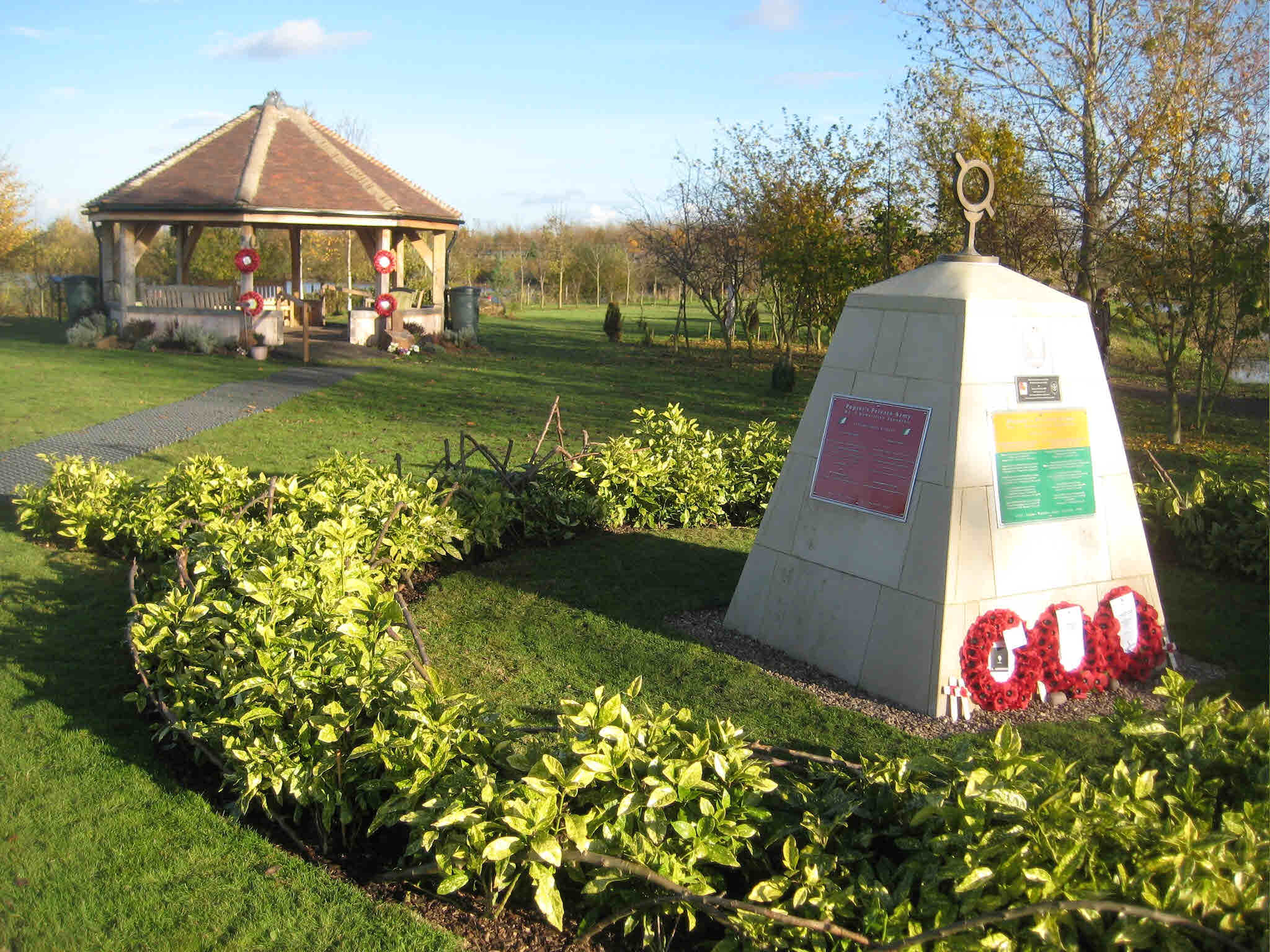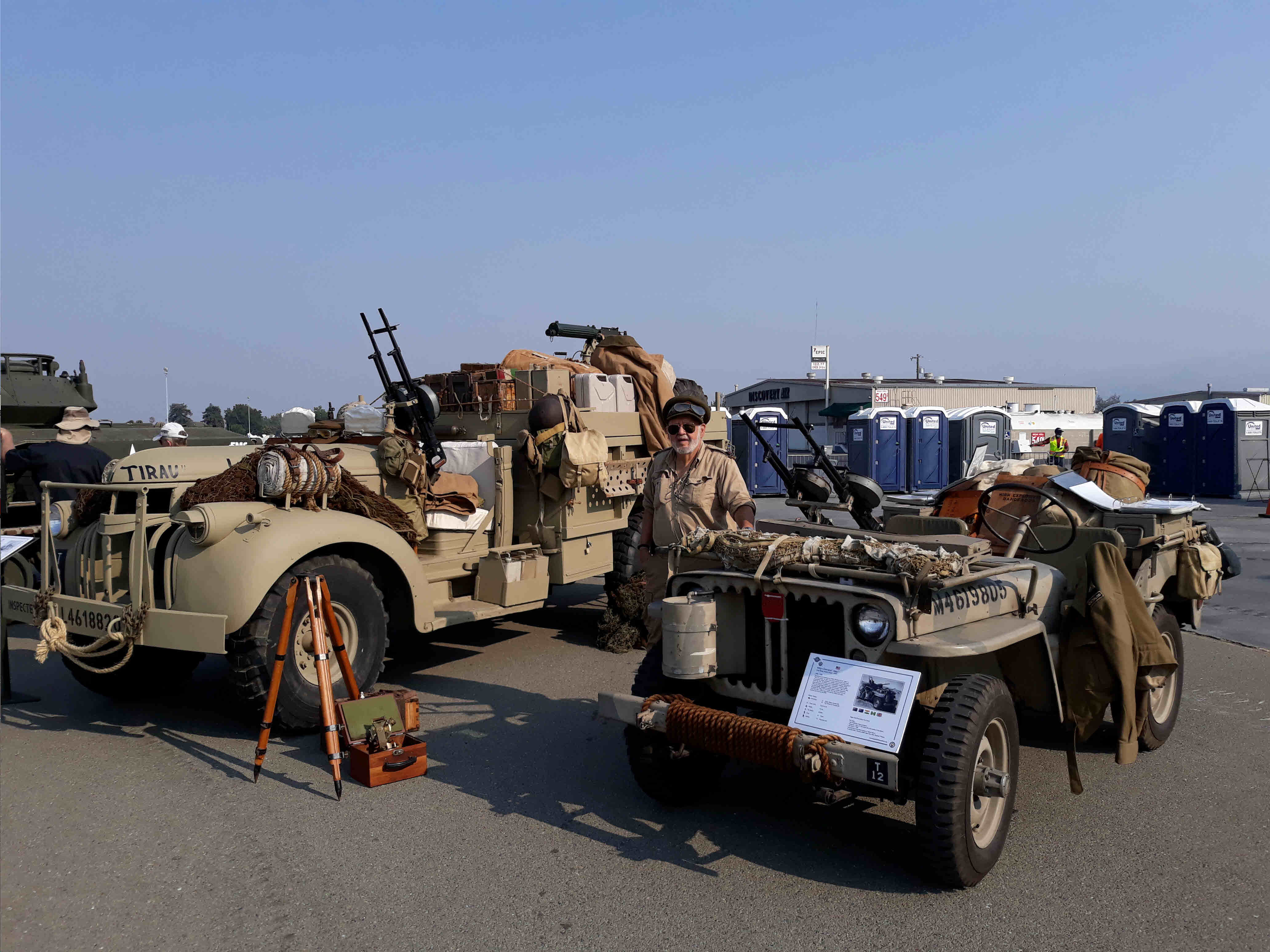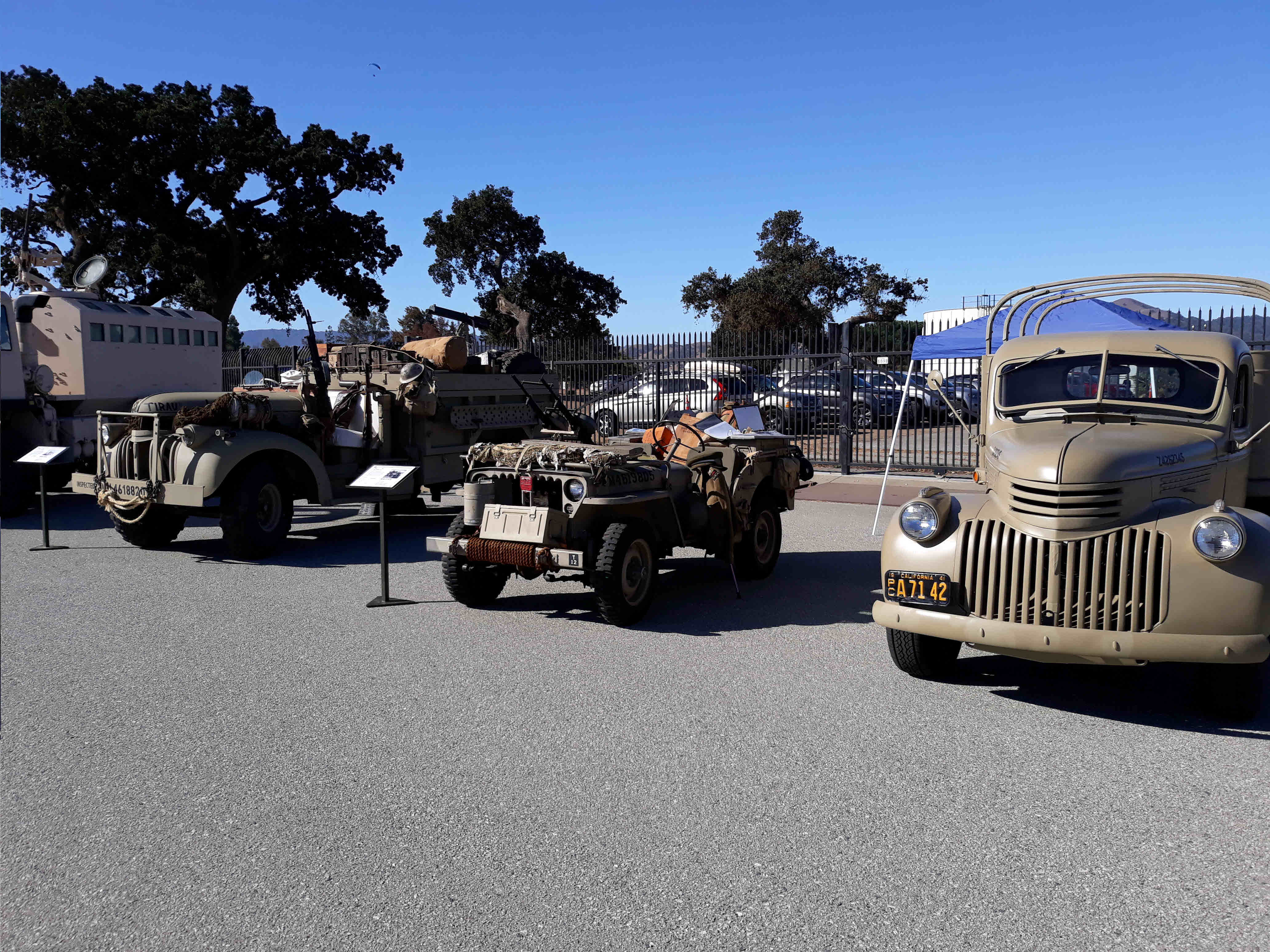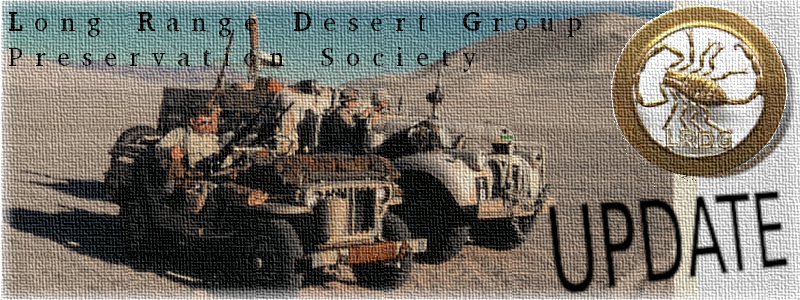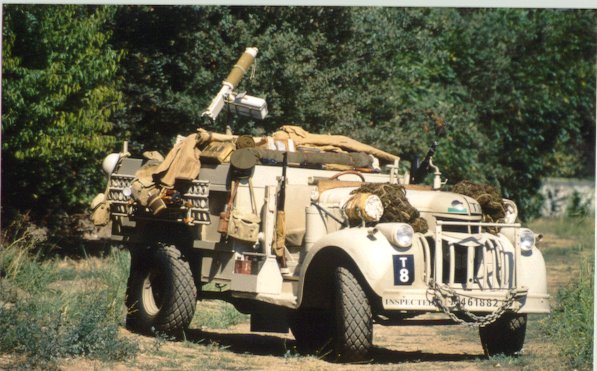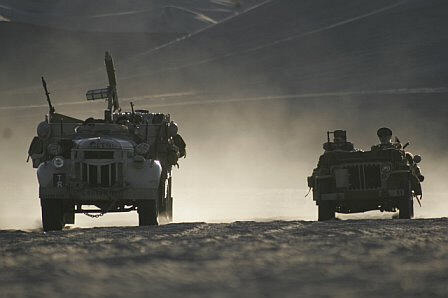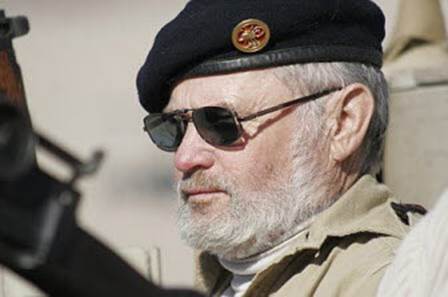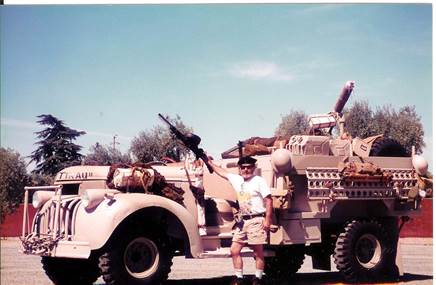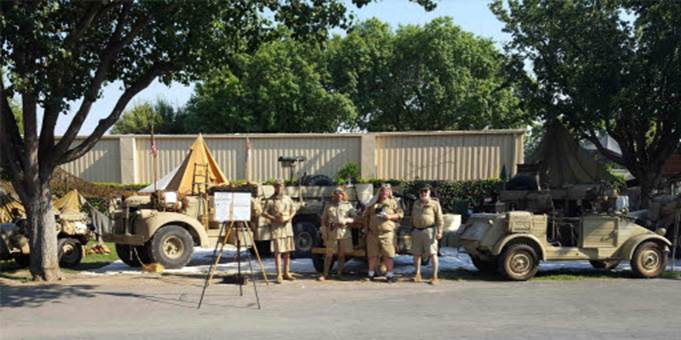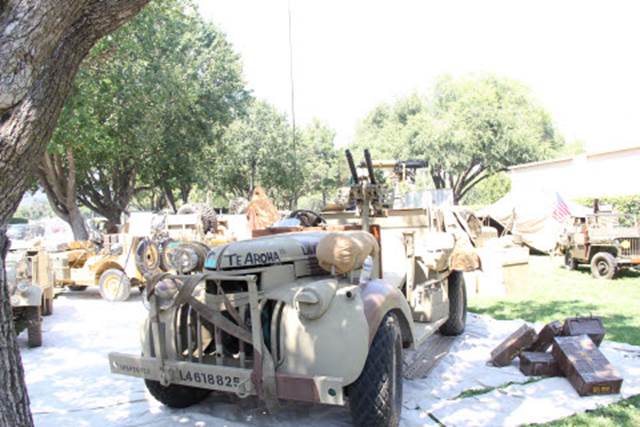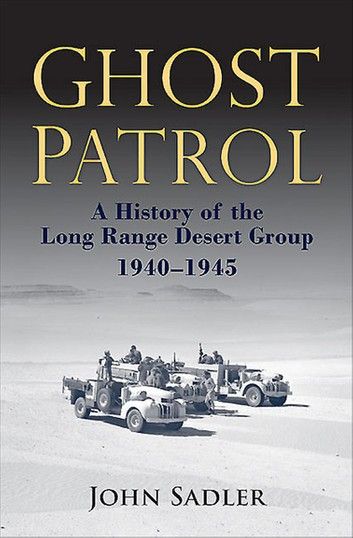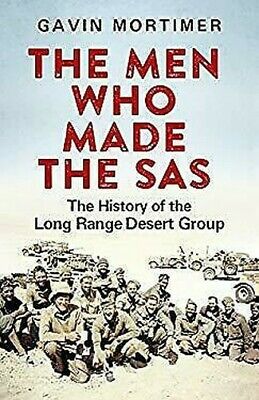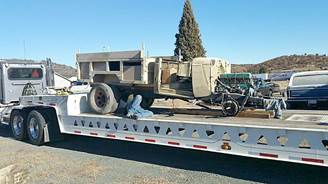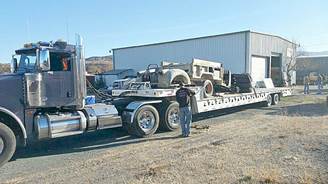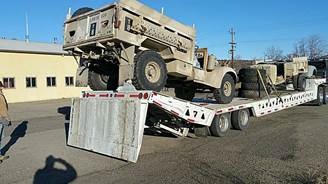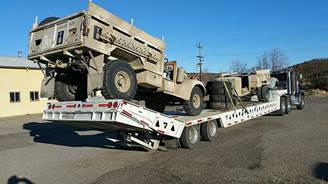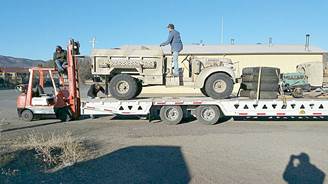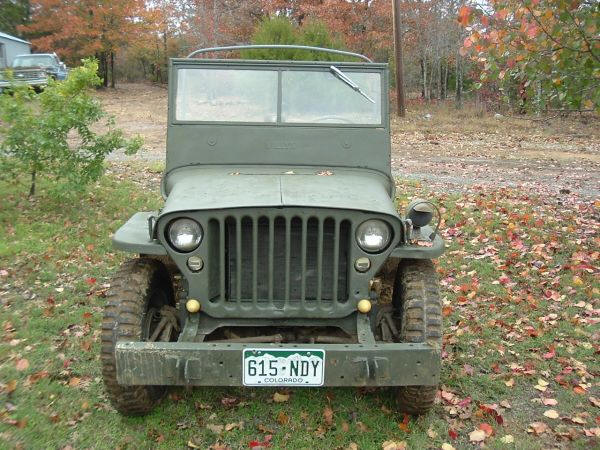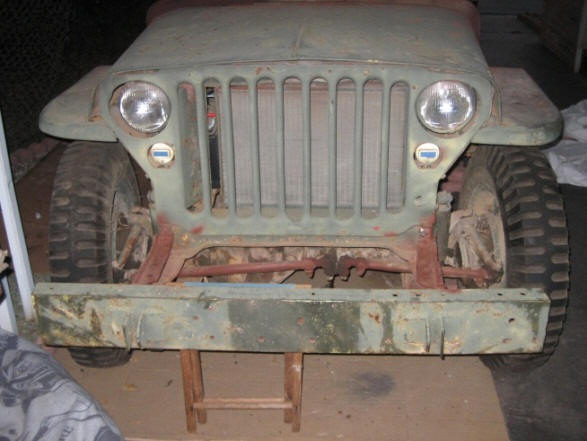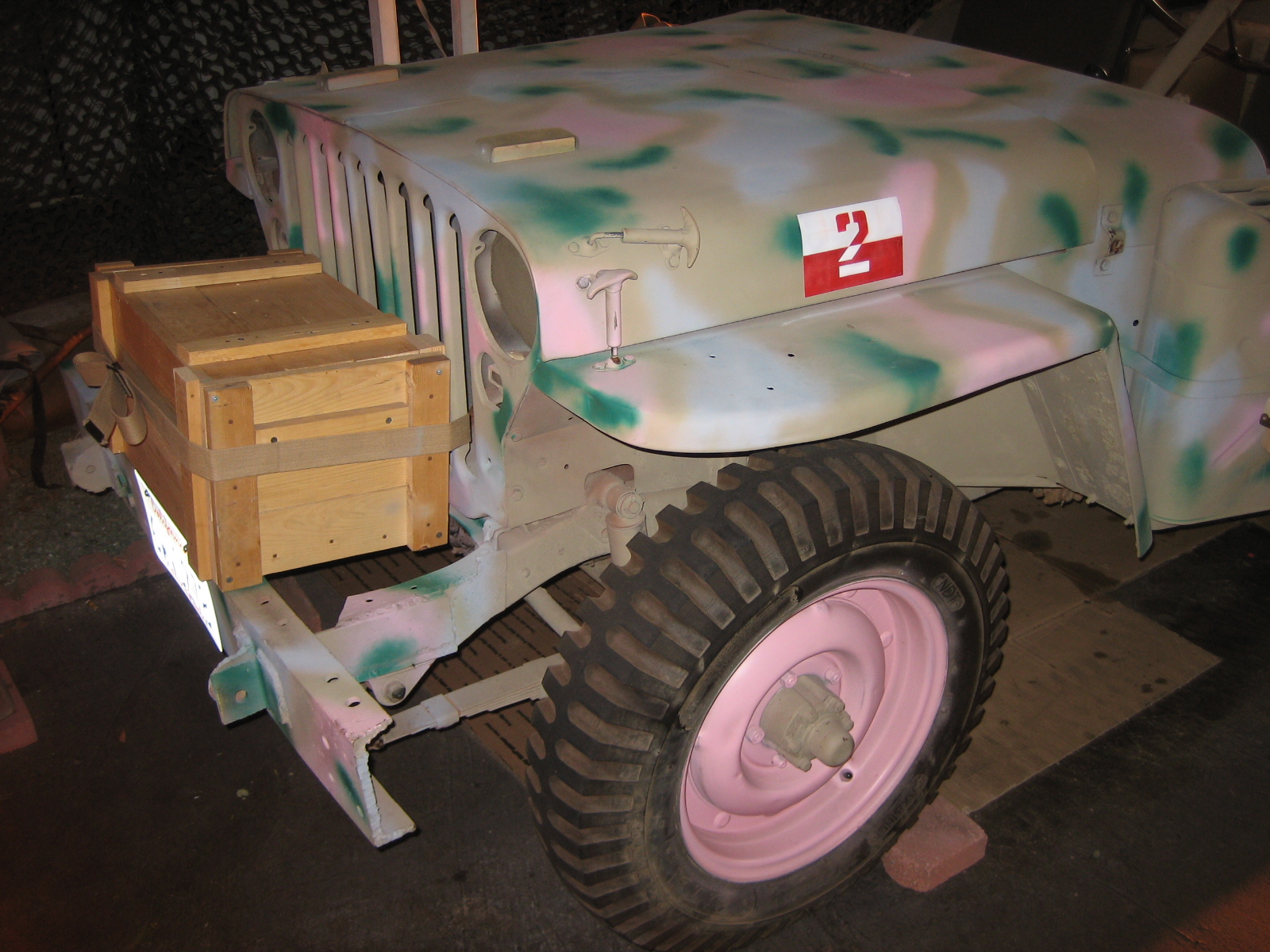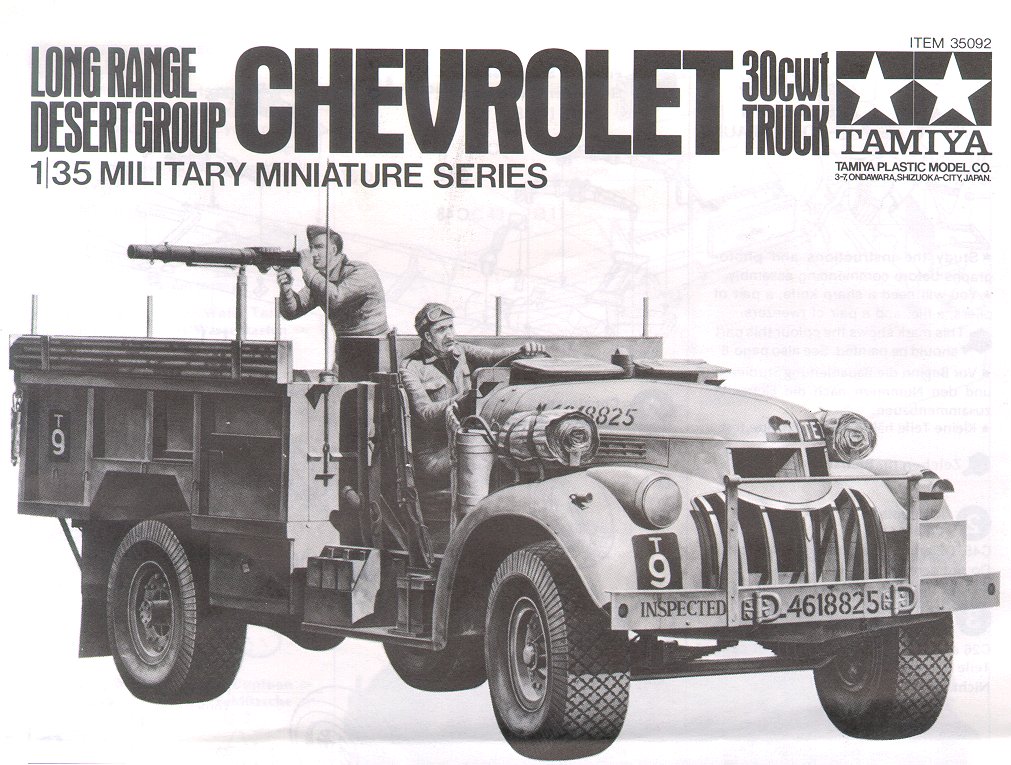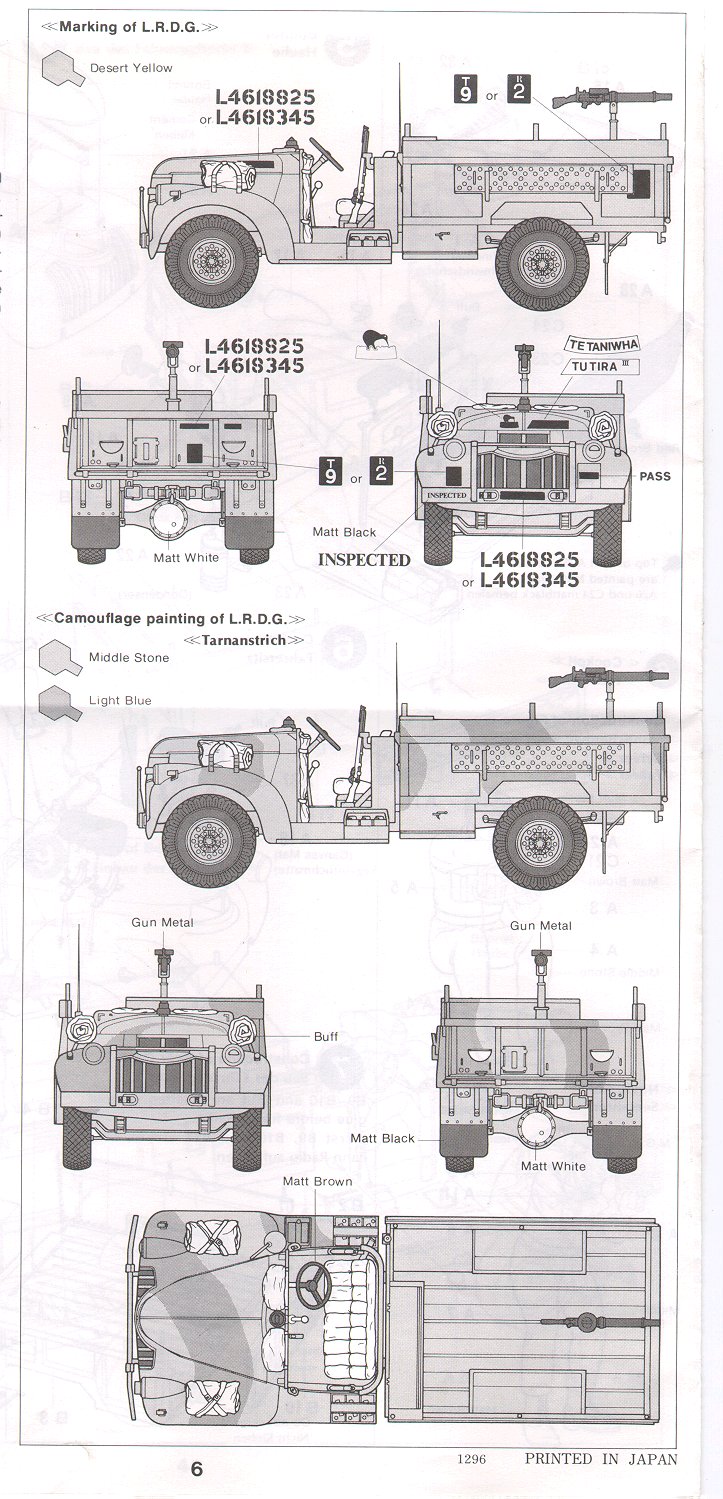Please note this is the second restoration I’ve completed. However, a first for a NON-US Jeep.
To start right off, you found your new jeep and it’s in the driveway now. Prep work varies and can be somewhat involved and daunting. Springs, wheel wells, gas tank tub and axles need to be cleaned. This vehicle had minimal work with
exception to the wheel wells.
08/09
Once all the bugs were out, I start the process of stripping it down. This jeep required a new starter motor and the carburetor needed a major cleaning. I opted to continue with the main work while waiting on the ordered parts.
If you haven’t made these decisions it’s time to start.
I had a good idea of what I wanted my jeep to look like before I found it.
What do you plan to do?
An abandoned SAS jeep – recovered by the LRDG?
Or one delivered directly to the LRDG from the US?
There’s a difference. The later allowing you to keep some areas OD, such as under the bonnet, wheel wells, gas tank area, tool boxes and glove box in addition to much of the underside and insides of the rims.
I chose to do the second option, a USA to LRDG with a camouflage pattern known to be used by G patrol. G is one of the two patrols in B Squadron, the other being Y patrol. I tend to like the out of the ordinary.
Now is the time to decide on the color scheme.
Solid (Desert Sand)
OR
Camouflage
Caunter camouflage was not an option for a jeep other than the BRC’s. I had to keep in mind and accept that the time period is March 1942 to June 1942.
More decisions to make:
Are you going to use the windshield or not? I live in CA and CA law requires “one must be attached” for use on the public streets and freeways. Doesn’t matter if it’s up or down though.
Are you going to put the 5 gal water cans on the steps or not? To be more accurate, there should be one on each side. This now dictates your windshield be down if kept or removed completely.
The next step was to strip her down to basically the bare bones. This jeep only had a few things to remove, civilian turn signals, tail lights, commercial seats, as they were all wrong and the fender blackout light. The pintel and
bumperettes were on hand but never mounted.
Nonessential parts for both LRDG and SAS are;
Top bows, corner grab handles, reflectors, back seat, rear view mirror. The shovel brace is in the way of the extra gas can and will have to be removed as well. The axe should be removed and replaced with a pick somewhere on the vehicle.
In my research I read that a lack of trees in North Africa didn’t require one and were discarded but the pick was often use for getting in and out of the wadi. The mounts for the axe will be used still.
All knobs were removed; lever boots and the gages were masked, for painting.
Once the jeep was prepped, and ready to paint, having a general plan at the onset makes it a lot easier. However availability of the paint color becomes a priority. For the base coat, I decided on Desert Sand. It’s one of three options for
the main base color. Pink and Dark Yellow were my other options. Flat pink in rattler cans was not available but a satin base was.
Once the painting began I decided to do the cockpit and tub first, once finished, the seats were added as they became available.
The outside was next; working from rear to the front. At this point I also mounted the bumperettes and pintle to break up the monotony of all that painting. These can stay on for the rest of the process or removed at your discretion.
Painting the wheels and wheel wells made a nice change pace; what I liked to do is paint one wheel a completely different color than the vehicle. I did this one wheel pink.
Once the sides and rear were primed, I began work on the hood and fender tops.
I had decided early that I would mount a 5 gallon water can on each step (foot rest) and since Ca. law requires a windshield, the only way it would work is with the windshield in the lowered position. The side mounted cans were quite
common with the LRDG vehicles.
Completely primed and ready for the final painting; this is where the fun begins. I had made sure to mask the lights, blackouts and grille. I also took extra time to paint the front areas to see how it was going to look. It also allowed me
to see where I needed extra sanding. At this time the jeep was beginning to take on its own “distinctive look”.
This is what it looked like after the base coats were applied. You can also see the experiment of pink on the cross member and grille.
At this stage the cockpit was touched up and tape removed, knobs put back on as they came available. Note the glove box is still OD as are the rear tool boxes and undersides of all the fender tops. The spare tire was mounted once the brace
was made to secure it safely. Some stowage is added to the back (mainly to make room available).
Next is the process of getting the camouflage on. You can see I opted for pink and two other colors.
I wanted to make sure that I always had enough gas on board; at least 2 x 5 gallon cans, plus the two water cans. In addition I’ve added two cans on the rear carrier instead of one. The black tops on the rear two indicate that they are not
to be used in the jeep but, rather for brew up given the cans not clean enough to put into the fuel system. Some photos show extra fuel carried on a rear rack built by the fitter or two to three cans on the front cross member. I’ve mounted
a box there for now. Even recovered SAS jeeps were eventually stripped of their 13 cans and the payload was usually minimal. These were scout vehicles, not miniature Chevy Trucks.
At this stage I finally made the straps for the water cans to be secured to the sides. And the process of applying the next color of the camouflage scheme, Light Grey or Gray. Against the sand base color it turns or appears to be a light
blue, which is fine as references state the gray/grey did that with sun exposure.
After this was completed I went back over the camouflage and sprayed more sand to break up the grey and pink. The pink and grey had all blended together and just didn’t appear right to me. Once satisfied with that result the final color
was added. This was actually picked up the day before it was applied due to the difficulty in locating a flat color version. Gloss was all I was able to find until I discovered this Bright Green paint which is usually used for chalk boards.
Finally when the paint dried; I then put on the windshield and added the cover. The jeep then had to be inspected by a DMV official as part of the registration and title process. The water cans were also painted in camouflage a few days
later.
09/03
Jeep still needs side grab handles but are due in any day as of 09/12.
My next step involves arming the jeep. Again, remembering this is an LRDG vehicle and not SAS. Depending on the time frame this will help determine the weapons choice. I have opted for the Twin Vickers K gun set up, a personal favorite of
mine and currently made available by one of our LRDGPS personnel. The mount and a new pair of K guns are being made at the present time. I contemplated a Lewis Gun for the rear but they are only available in plastic. Another option that I’m
concerting for a rearward gun is the 30 Cal. found in aircraft, which is different from the Infantry model M-1917, which took two hands positioned as on the 50 cal. Both the 30 and 50 Cal. machine guns were usually recovered from numerous
crashed aircraft sites and later modified from electric firing mechanism to manual by the fitters. For a post North Africa jeep with the ILRS a Bren can be fitted. ILRS was the only unit to have the Bren’s in use. Since I’m LRDG, Y Patrol,
1942, the Bren would not be correct.
NO PICS AVAILABLE AT THE MOMENT – Weapons due by end of October - W/S is still in the works.
Things to look for and start picking up for your jeep are:
Large pack with L Straps, Small packs with braces, Canteens/Water bottles with carriers and braces, Binocular case and brace, Wireless Radio and should be Morse code types only. These were the type used by the LRDG and an important item on
patrol and used in the jeeps as well as the communication truck. I found a Fuller Phone, the model used in North Africa and made with the ability of transmitting and receiving from great distances. Added Netting and/or burlap sheets for
additional camouflage; they also come in handy if you need to make repairs as a ground sheet.
A condenser mounted to the grille. This seems to have been a very common practice on all vehicles in the LRDG and SAS for desert use as on all of the LRDG trucks.
And one of the most important items is the Sun Compass or Ships Navigation Compass.
